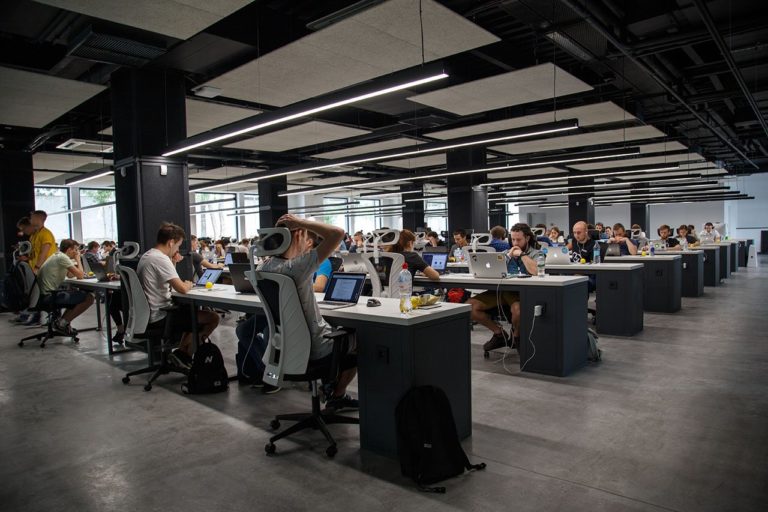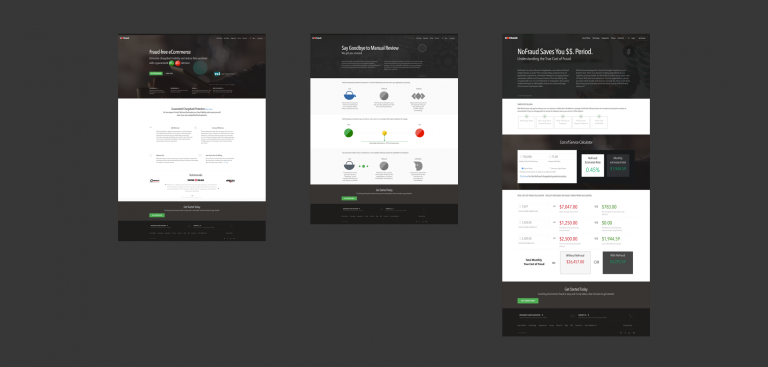The Neighborhood Health Project is a 360° urban tech solution that takes the pulse of struggling commercial corridors and helps local businesses keep pace with competition.
New York City’s prized brick-and-mortar businesses are struggling. With the rise of e-commerce, sky high rents and growing operational costs, the small businesses that give New York City Streets their distinctive character face mass extinction.
This year’s NYC Department of Small Business Services Neighborhood Challenge 5.0 paired nonprofit community organizations and tech companies to create and implement tools that address specific commercial district issues. On June 15th, community-based organizations from across the city from the Myrtle Avenue Brooklyn Partnership to the Staten Island Economic Development Corporation, presented tech solutions to promote local business and get a deeper understanding of the economic landscape.
Synaptik, the Manhattan Chamber of Commerce and the Chinatown BID were thrilled to have their Neighborhood Health Project chosen as a finalist in this year’s competition.
The Neighborhood Health Projects aims to preserve the personality of our commercial corridors and help our small businesses and community at large adapt to the demands of the 21st century economy. By optimizing data collection, simplifying business engagement and integrating predictive analytics, we can get a better understanding of the causes and effects of commercial vacancies, the impacts of past policies and events and create an open dialogue between businesses, communities and government agencies.
“With Synaptik, we can provide small businesses user-friendly tools and data insights that were previously reserved for industry heavy weights with in-house data scientists and large resource pools” said Liam Wright, CEO of Synaptik.
The Neighborhood Health Project Team was honored to have had the opportunity to share the stage with such innovative project teams. “It is great to see civic organizations take an innovative role in data intelligence to serve community constituents and local businesses. We came far in the process and hope to find alternative ways to bring this solution to New York City neighborhoods ” said Joe Sticca, Chief Operating Officer of Synaptik.
By Nina Robbins







